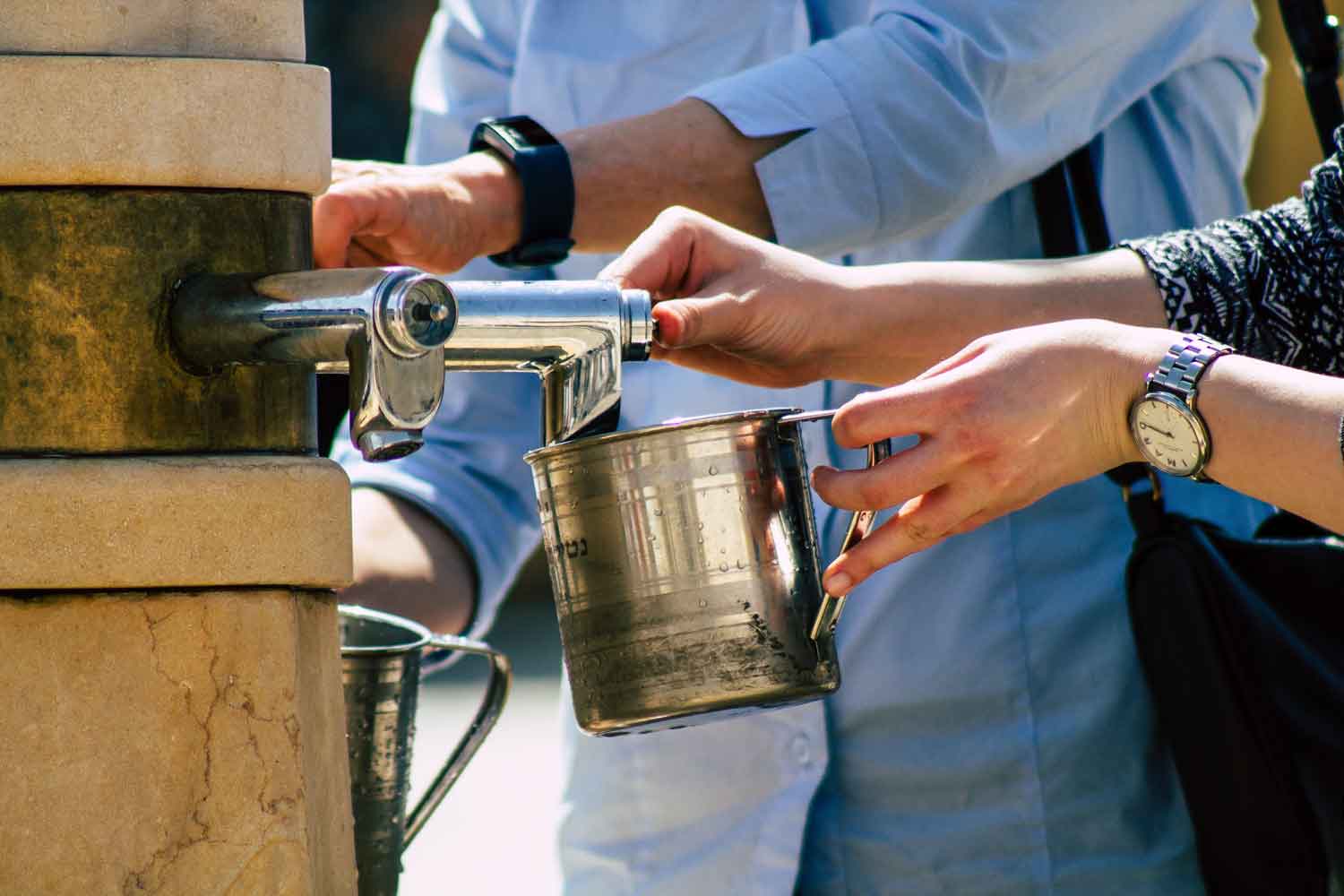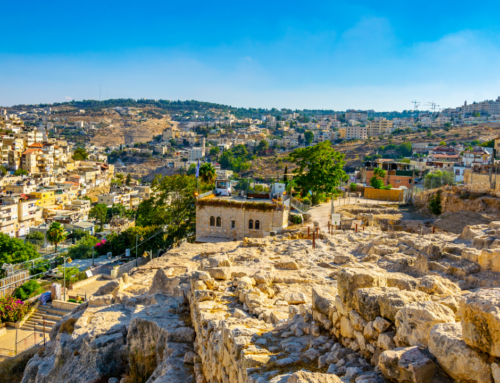Hygiene is the basis of good health and vibrancy and in Ancient Israel, it was no different. While we think of hygiene has being a more modern luxury, there is actually evidence that Ancient Israel was among the cleanest and largely in part due to the teachings in the old testament book of Leviticus.
Some of the rules seem rather harsh in Leviticus, but during the time it made Israel less susceptible to the same problems of health that scourged the land. Rules of washing and segregation may have seemed arbitrary at times, but segregating someone as unclean for a time was meant to make sure they didn’t spread any potential contamination before showing symptoms.
When it came to leprosy, the rules of isolation to keep the illness at bay and from spreading were very strict. Sadly, once they were contaminated, they would lose all contact with society and live on the outskirts, yelling warnings to stay away like they did to Jesus. Jesus however did not and healed them instead, allowing them to be restored to community!
In 2003, the bones of a sufferer were discovered in the Himnon Valley. It was the oldest confirmed evidence of the disease in Israel. It was confirmed to be from the 1st century AD.
Mikvehs in Ancient Israel
While the mikveh had an overwhelming religious purpose, it was also a means that people regularly bathed which was not a normal activity in many cultures at the time. What made mikvehs different then many methods of cleaning oneself is that it was a body of water set apart for true cleansing. This practice was and is called telivah. Immersing oneself in clear water to purify themselves (a practice continued in Christian baptism.)
These mikvehs are found all around Israel! You will see ancient discovered mikvehs throughout your Immanuel Tours Christian Holy Land Tour at locations such as Qumrun, Magdala and a more recently discovered one near the Mount of Olives (which leads many to assume that this points to evidence that these olives were used to make consecrated oil to light the Temple Menorah!).
Hand Washing in Ancient Israel
While the idea of hand washing is more recent in modern culture (hand washing did not begin being implemented in hospitals until the 1800s) it has been a long practice in Jewish culture, back to the time of Moses!
Hand washing rules included before and after eating a meal with bread, before worshiping, before the Priestly blessing, after sleeping, after using the bathhouse, after leaving a cemetery, after cutting nails or hair, and other times. In fact, ritual cleaning is thought to be why the death rate of European Jews was so much lower than the rest of Europe! This did lead many to blame the Jews at the time.
If you attend the Western Wall and approach the wall to pray, there are water fountains and pitchers set out so you can ritually wash your hands upon approaching the Wall, the most holy place in the Jewish Faith.
Hair Care
While the average person didn’t wash and shampoo or cut and style like we do today, there is a history of such being done. Especially among the Romans, elaborate braids were done in which to show off ones beauty and position, adorned with jewels and gold.
One particular scourge in history that has been dealt with far and wide is that of lice. Lice would cause misery for humans and animals alike. Recently, a 4500 year old Canaanite comb was discovered, that included this inscription:
“May this tusk root out the lice of the hair and the beard.”
More interesting is that this is the oldest full sentence ever found in the Canaanite language, a foundational language of modern Hebrew. This comb shows that even 4500 years later, we can relate to someone who lived then. Especially if your children have ever been sent home from school with the pest!
We hope you will come see Israel for yourself and explore the complex rituals and history that have led to our own day-to-day practices!







